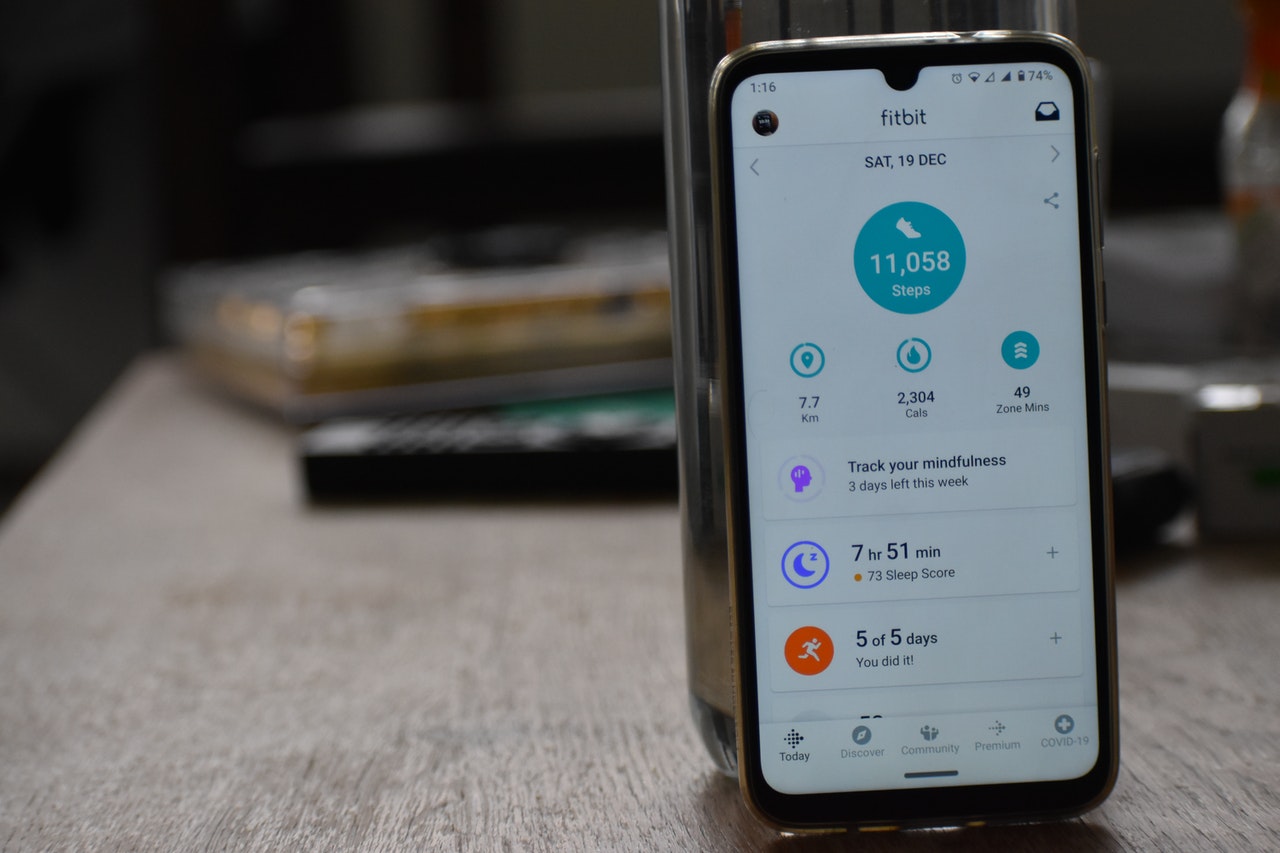How Does Fitbit Determine Sleep?

Getting a good night's sleep is the holy grail nowadays. With all the post-pandemic stress and our busy schedules, it's only natural that we’re light sleepers and have disrupted sleep patterns. That also means that sleep disorders are on the rise and that people are looking for ways to readjust their sleep cycles in a healthy way.
Luckily there are ways to track your sleep and see whether you get enough sleep or not. The Fitbit device is one such way to help you search for abnormal sleep patterns and point out when you need to get some extra rest and change your sleep habits for the better.
How Does Fitbit Gather Sleep Data?
The Fitbit device is designed to track your heart rate and your body movements during your sleep. It's sort of like a sleep study done at home, although, of course, it's not a replacement for a true visit to the sleep specialist.
So, if you don't move for an hour, the Fitbit device assumes you've fallen asleep. Other parameters, like tracking movements related to sleep ( rolling over in your bed, for instance), are also used to tell if you're asleep or not.
When you're in the middle of sleep, the Fitbit device tracks the changes occurring in your heart rate (this is known as HRV - heart rate variability). If you look at the sleep data, you'll notice how the numbers fluctuate and change during the night. They usually signify the transitions from light sleep into deep sleep and REM sleep stages.
The Fitbit Sleep Score is comprised of your heart rate during sleep, the time you spent being awake or not fully asleep (like being restless or anxious), as well as your sleep stages. The complete Fitbit score is basically a sum of all these individual scores and it uses three key elements from your sleep: sleep quality, duration, and sleep restoration, the total score amounting to 100. The restoration element contains estimates of oxygen variation during your sleep.
This is very useful info as it can tell a lot about your sleep stages and sleep patterns. Even though oxygen in your blood naturally fluctuates during your sleep, too many fluctuations mean that your sleep was disturbed and that you may even have breathing disruptions (like when you suffer from sleep apnea, for example).
Improving Sleep With Fitbit and a Good Mattress
You can have all the devices in the world, but a good night's sleep is not complete without a good mattress and all that comes along with it. Sometimes, it’s hard to invest in a new mattress since they can be expensive, even if you don’t like your old one.
However, you can always get a high-quality memory foam mattress topper, which will make your sleeping experience much comfier, even on the oldest mattresses. Add to it the magic of breathable bamboo linen as well as a memory foam bamboo pillow to counter the neck pain, and you’re all set!
Conclusion
You can see your Fitbit sleep data on the Fitbit app that you can download on your smartphone. Fitbit is a great way to do a simple sleep study of your sleep cycles and see whether you need to somehow change your sleep habits and improve your quality of sleep.
The readings you get from Fitbit are useful if you want to gain a general picture of your sleep health. Of course, the quality of the data isn't the same as going to an actual doctor and if you want a more accurate diagnosis of a potential sleep disorder, you should definitely visit a medical professional.
